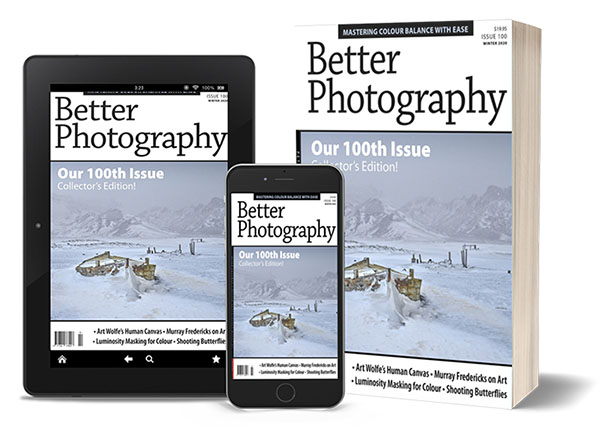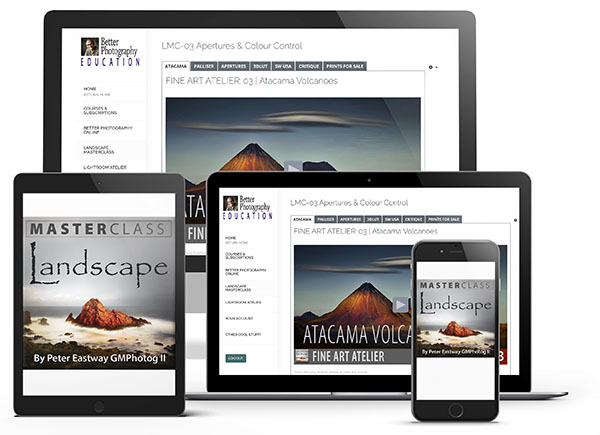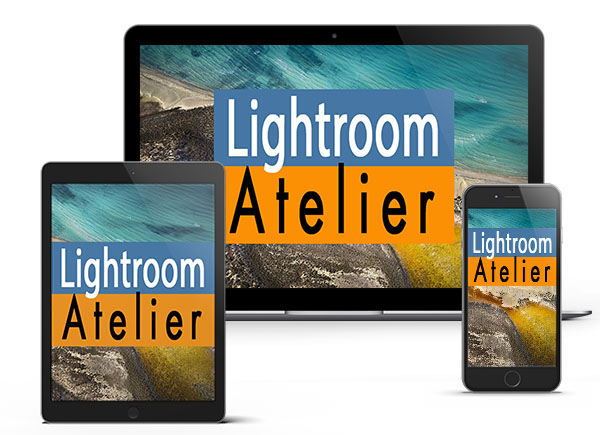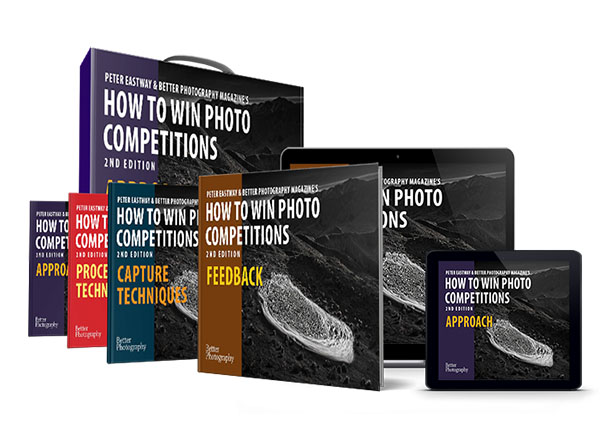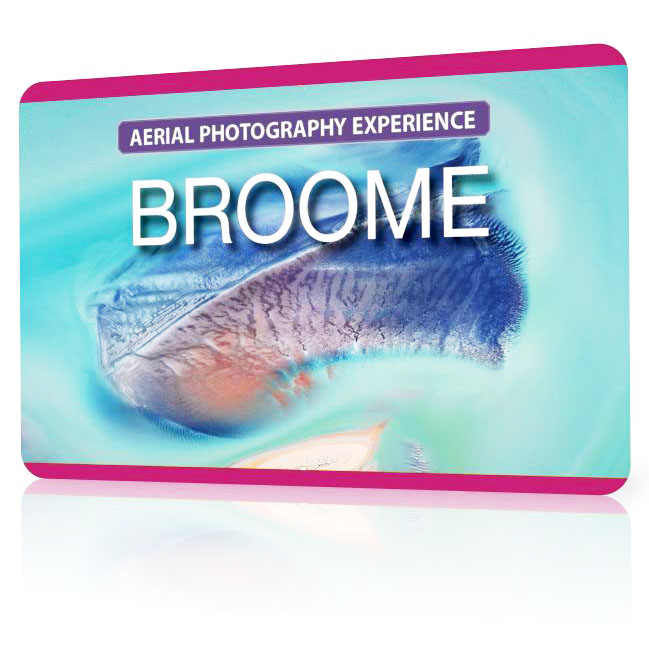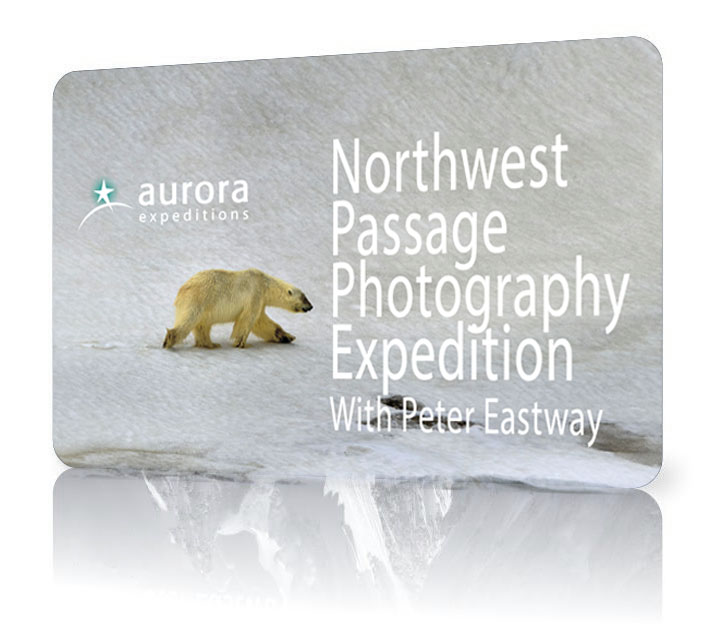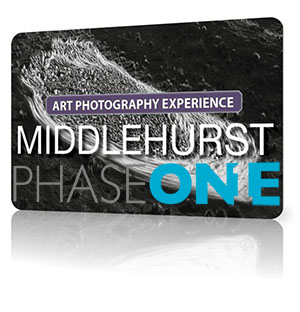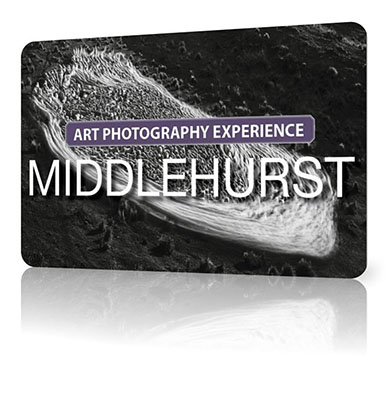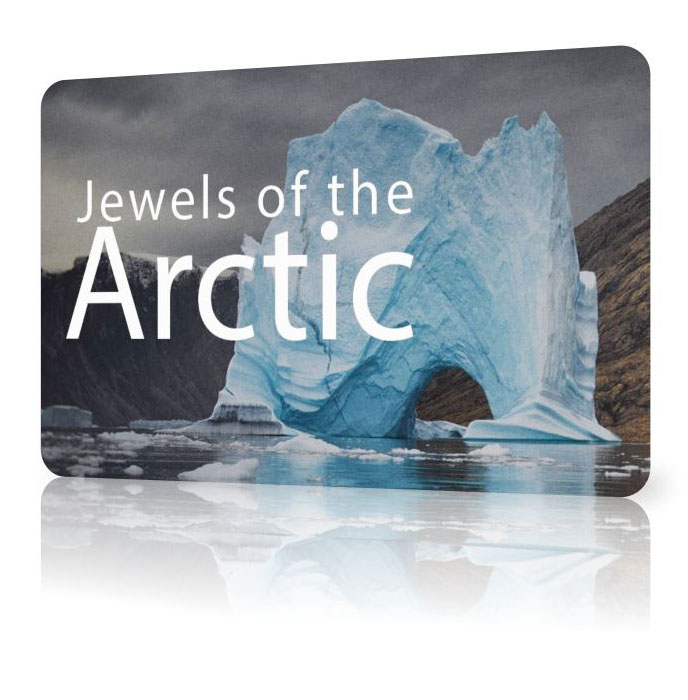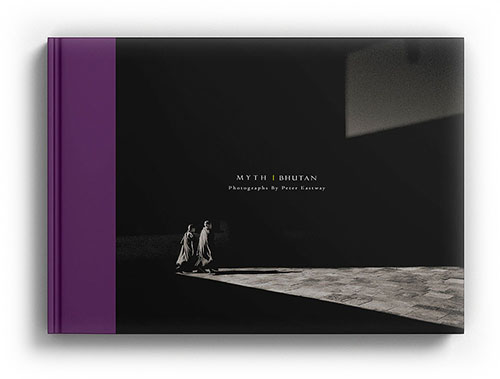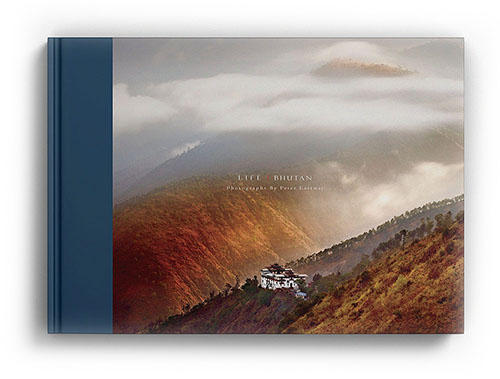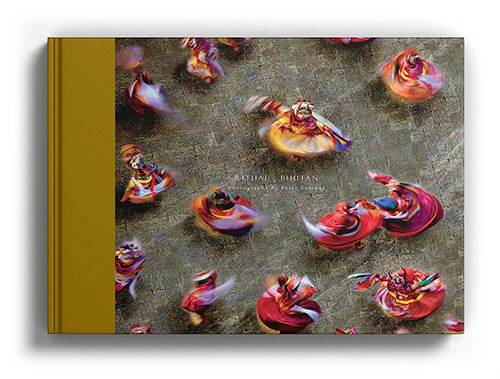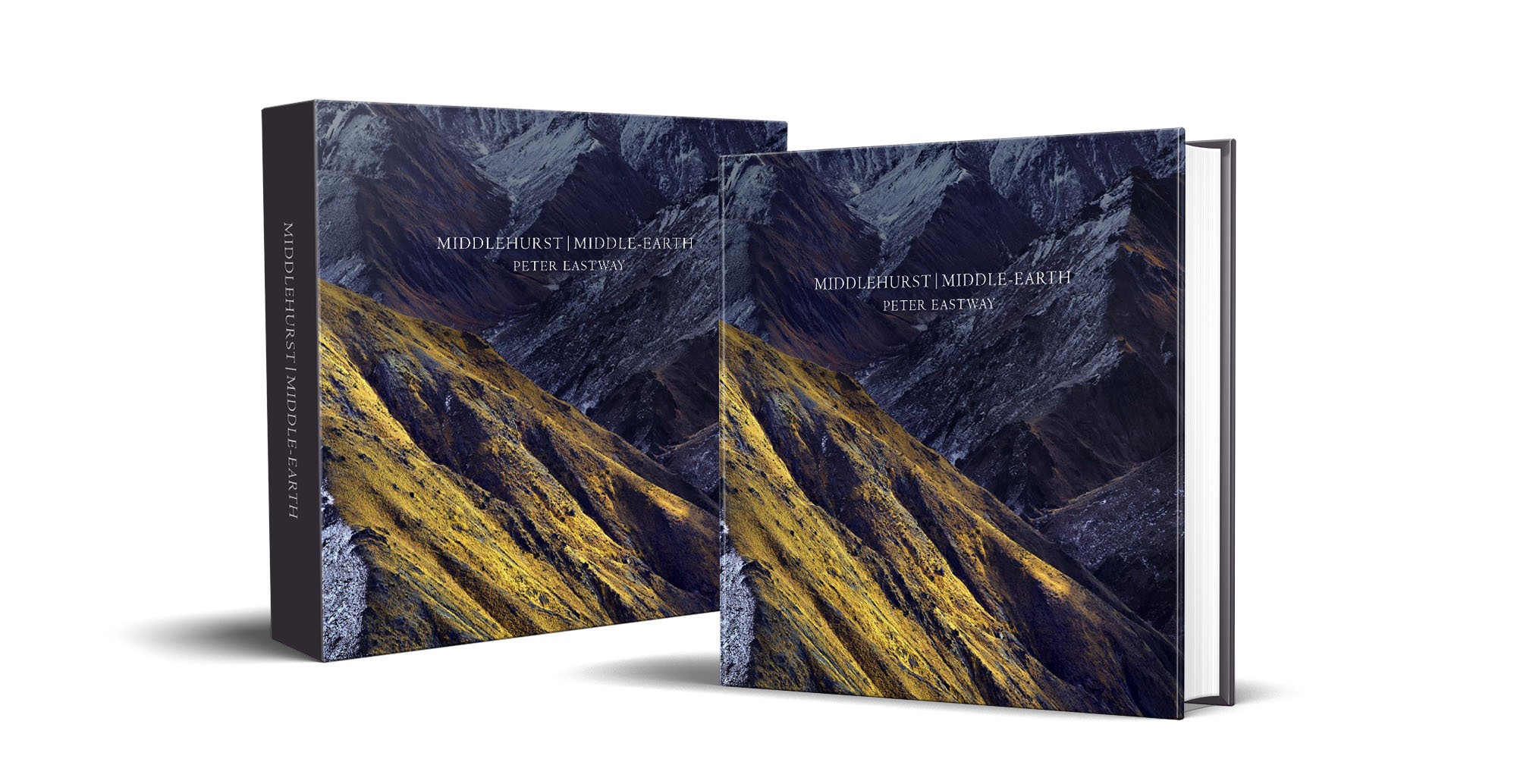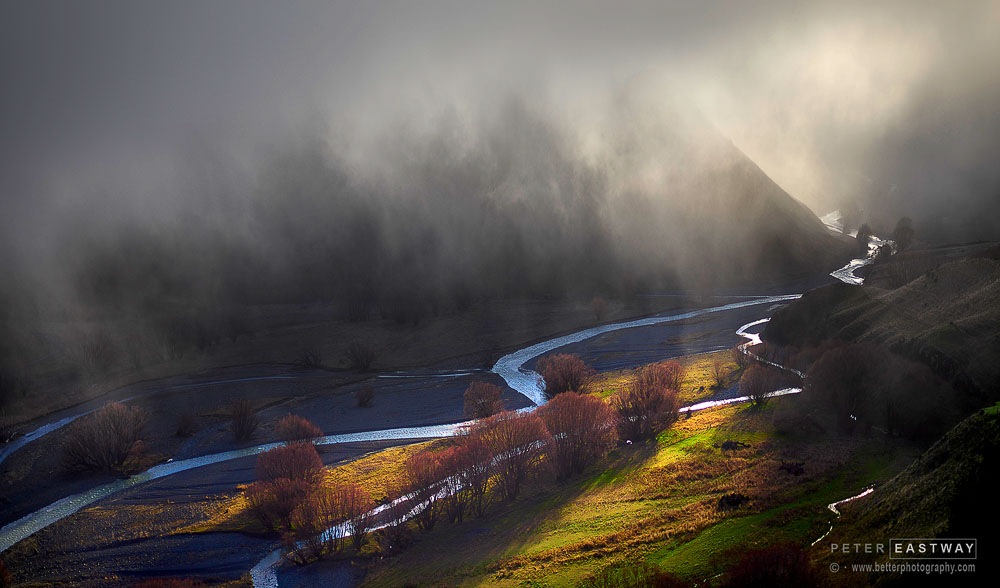Looking down the river at Middlehurst
Phase One XF 150MP, 80mm Schneider Krueznach, f2.8 @ 1/2000 second, ISO 50
Many if not most mirrorless cameras have a separate button next to the shutter release to record video. It makes it incredibly easy to shoot both stills and video in quick succession. And sometimes video records an event or location more appropriately than a still image, so why not?
However, shooting both stills and video creates a compromise. When I photographed a whale swimming around our ship in Antarctica, I shot both stills and video. The silvery body just below the surface of the water looked fantastic as a still, while the swish of the tail breaking the water as the whale dived was best recorded with video. However, there were times when I was shooting video that I wished I was able to capture a still, and vice versa. Sure, you can take a video frame and turn it into a still, but the quality is probably not going to match a still. Do you need all that quality? Possibly not, because if your stills are destined for a travel album, a video still is probably quite good enough.
As I develop a little more experience with video, I have more respect and admiration for cinematographers and video producers and their particular craft. I know the shutter speeds I use are not the best, my focus ebbs and flows and possibly my image isn't as stable as it could be, but on the other hand, the video footage I record adds to the stories I am able to tell. For me, the video is an adjunct to my still photographs. Stills still rule, but video can lend a hand. And if you practise shooting both, you don't need to make a decision while on location about what you'll do with the material, but if you don't shoot any video, then there's no decision to make anyway.
Give it a go!
And I have a couple of videos shot at Middlehurst - they just need a little refining and I'll post them up onto YouTube!

